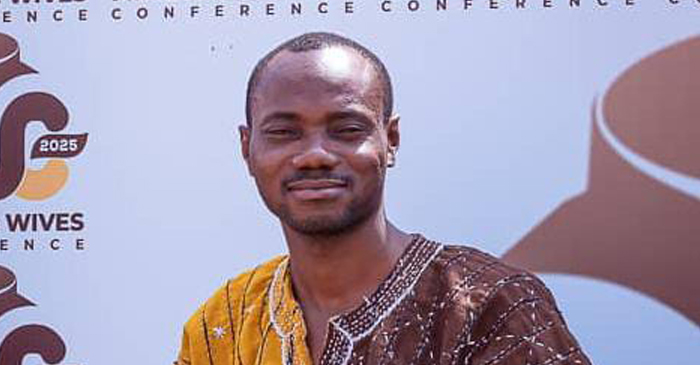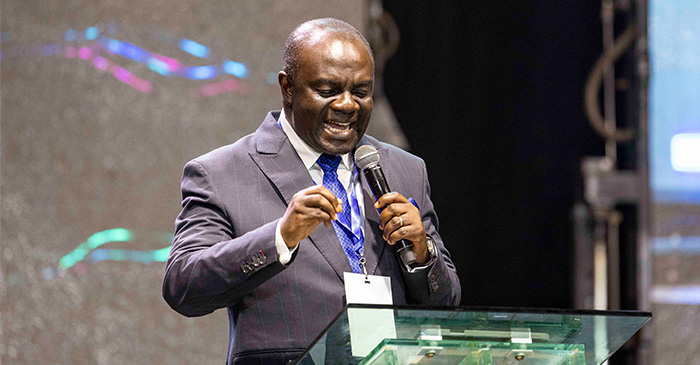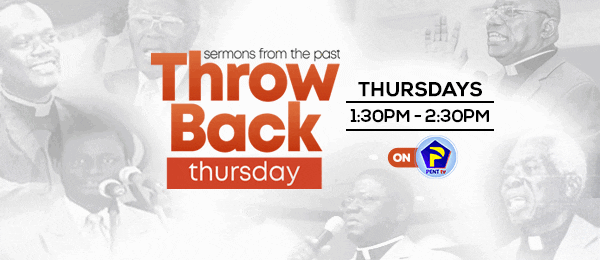
The relationship between faith and logic has long been debated. To some, they are irreconcilable opposites—faith belongs to the heart, and logic to the mind. But Scripture, reason, and the rich heritage of Christian thought all affirm that faith and logic are not enemies, but allies.
Faith does not ask us to abandon our minds at the door, and logic, when rightly applied, does not lead us away from God but toward Him. The God who calls us to believe is the same God who created our capacity to think.
THE HISTORICAL JOURNEY OF FAITH AND LOGIC
The idea that faith and logic are fundamentally at odds is a relatively recent development. In the ancient world, philosophers such as Socrates, Plato, and Aristotle saw no need to draw a firm boundary between the spiritual and the rational. For them, the pursuit of truth was inherently a pursuit of the Good, the Divine, and the Logos—the rational principle that brought coherence to the cosmos.
This harmony continued into early Christian thought. Church fathers like Augustine saw faith and reason as deeply intertwined. He famously affirmed, “I believe in order to understand,” suggesting that faith provides the foundation upon which intellectual inquiry is built.
Centuries later, during the medieval period, Thomas Aquinas would reinforce this synthesis. In his monumental Summa Theologica, he developed a comprehensive framework in which faith and reason complemented one another. For Aquinas, loving God with the mind was not only possible but essential.
This integration of faith and logic extended even into the early scientific era. Sir Isaac Newton, a towering figure in the history of science, exemplified this union. The man who formulated the laws of motion and laid the groundwork for modern physics did not separate his scientific pursuits from his belief in God. In his seminal work, Philosophiæ Naturalis Principia Mathematica (The Mathematical Principles of Natural Philosophy), Newton wrote, “This most beautiful system of the sun, planets, and comets could only proceed from the counsel and dominion of an intelligent and powerful Being.”
THE RIFT EMERGES
It was during the Enlightenment—the so-called Age of Reason, spanning from the late 17th to the late 18th century—that a more pronounced divide between faith and logic began to take shape in Western thought. Philosophers like René Descartes and Immanuel Kant championed a new approach to knowledge, one grounded in empirical observation and rational deduction. As confidence in human reason grew, faith was increasingly seen as subjective and unverifiable—a private belief rather than a public truth.
The rise of scientific rationalism and the spread of secularism throughout modern society deepened this rift. In the 19th and 20th centuries, influential figures such as Friedrich Nietzsche and Karl Marx openly ridiculed faith as an illusion or a tool of oppression. Under the dominance of scientific naturalism and empirical philosophy, faith came to be viewed by many as not only unnecessary but incompatible with logic.
THE SECULARISATION OF THE ACADEMY
Nowhere was this shift more visible than in the transformation of the university. Many of the world’s oldest universities—including Oxford, Cambridge, and the University of Paris—trace their origins to the Church, with a mission to cultivate both the intellect and the soul. Theology once reigned as the “queen of the sciences,” providing the lens through which all other disciplines were understood and ordered.
In those early centuries, learning was considered an act of devotion. Studying the natural world meant reading the “book of creation,” while studying Scripture engaged the “book of revelation.” But this integrated vision gradually began to unravel. As modernity progressed, universities adopted increasingly secular models of knowledge. Theology was pushed to the periphery or removed altogether, and the shaping of the mind came to eclipse the formation of the soul.
FAITH AND LOGIC TODAY
Today, the separation between faith and logic is deeply entrenched in our academic and cultural discourse. Faith is frequently dismissed as a matter of personal sentiment or subjective belief, while logic is exalted as the only legitimate path to truth. This divide, however, is neither natural nor historically rooted. The past shows us that faith and reason once moved in harmony—and it is possible they still can.
THE LOGIC OF FAITH
Faith is often portrayed as irrational—believing in spite of evidence. But this is a distortion of biblical faith. True faith is not blind; it is rooted in trust and insight.
The greatest commandment includes the mind: “Love the Lord your God with all your heart, all your soul, and all your mind.” (Matthew 22:37). Christians are called to think deeply and believe boldly.
In Hebrews 11:1, faith is described as “the substance of things hoped for, the evidence of things not seen.”
Here, faith is not the absence of evidence—it is evidence of the invisible. It is the deep conviction that arises from our trust in God.
C.S. Lewis captures it beautifully: “I believe in Christianity as I believe that the sun has risen—not only because I see it, but because by it I see everything else.”
THE FAITH OF LOGIC
Ironically, even logic itself begins with faith. To reason logically, we must first accept certain foundational assumptions—like the law of non-contradiction (that something cannot be both true and false at the same time). These principles cannot be proven by logic alone; they are simply taken as true in order for reasoning to proceed. In this sense, logic rests on unprovable starting points that require a kind of faith.
Even Bertrand Russell (1872–1970), a prominent atheist and philosopher, acknowledged the limits of certainty. He wrote, “All human knowledge is uncertain, inexact, and partial.” If that is so, then pure logic cannot provide the ultimate answers we often seek. Sooner or later, everyone places faith in something—be it science, philosophy, or even themselves. In his essay What I Believe (1925), Russell openly recognized the limitations of rationalism, especially when it comes to questions of morality and purpose—areas where logic and science fall short.
Ludwig Wittgenstein (1889–1951), one of the most influential philosophers of the 20th century, echoed this idea in his Tractatus Logico-Philosophicus. He famously wrote, “Even if all possible scientific questions be answered, the problems of life have still not been touched at all.” For Wittgenstein, life’s most profound questions—such as why anything exists at all, or what gives life meaning—reside outside the boundaries of logical or scientific language.
Similarly, Stephen Jay Gould (1941–2002), an evolutionary biologist and historian of science, proposed the concept of Non-Overlapping Magisteria (NOMA), arguing that science and religion address entirely different domains of human experience. In his book Rocks of Ages: Science and Religion in the Fullness of Life (1999), he observed: “Science tries to document the factual character of the natural world… Religion, on the other hand, operates in the equally important, but utterly different, realm of human purposes, meanings, and values.”
Together, these thinkers—though differing in background and belief—converge on a common insight: logic and reason, while essential, have limits. They can help us understand how the world works, but they cannot fully answer why we are here, what our purpose is, or what ultimately matters.
Their reflections leave the door open to faith—an acknowledgment that the deepest truths may lie beyond the grasp of reason alone. As Albert Einstein once remarked, “Science without religion is lame, religion without science is blind.”
A FAITH THAT THINKS
Biblical faith isn’t based on wishful thinking or emotionalism, but on God’s revelation through creation, conscience, Scripture, and the person of Jesus Christ.
In Acts 17, Paul stood before Athens’ esteemed thinkers, engaging them in reasoned discussion, quoting their own poets, and inviting them to consider a higher perspective.
With a mind shaped by Scripture and a heart formed by Christ, Paul combined reason with revelation, leading his audience through the corridors of logic to the doorway of resurrection, proving that the Christian faith is both intellectually credible and spiritually transformative.
JESUS’S VIEW ON FAITH AND LOGIC
Throughout the Gospels, Jesus never pitted faith against evidence. Instead, He honored genuine inquiry while confronting hardened unbelief.
When John the Baptist, confined in prison and wrestling with doubt, sent messengers to ask, “Are You the one who is to come, or should we expect someone else?” (Matthew 11:3), Jesus did not rebuke him. He did not say, “Just believe.” Instead, He pointed to empirical signs grounded in prophetic expectation:
“Go back and report to John what you hear and see: The blind receive sight, the lame walk, those who have leprosy are cleansed, the deaf hear, the dead are raised, and the good news is proclaimed to the poor.” (Matthew 11:4–5, cf. Isaiah 35:5–6; 61:1)
Here, Jesus appeals to observable realities—the fulfillment of messianic prophecies—as rational support for faith.
Similarly, after the resurrection, Thomas was in doubt: “Unless I see the nail marks in his hands and put my finger where the nails were, and put my hand into his side, I will not believe.” (John 20:25)
Rather than condemn Thomas, Jesus provided him with the evidence: “Put your finger here; see my hands. Reach out your hand and put it into my side. Stop doubting and believe.” (John 20:27)
Jesus affirms the value of evidence for belief. Yet He also draws the attention of Thomas to a deeper reality:
“Because you have seen me, you have believed; blessed are those who have not seen and yet have believed.” (John 20:29)
Jesus shows that faith can work without visible proof, not because it’s irrational, but because it’s rooted in an unwavering trust in God’s character.
Contrast this with the Pharisees and teachers of the law, who, despite witnessing countless miracles, demanded yet another sign:
“Teacher, we want to see a sign from you.” He answered, ‘A wicked and adulterous generation asks for a sign! But none will be given it except the sign of the prophet Jonah.’ (Matthew 12:38–39)
Why did Jesus decline? Because their request wasn’t born of honest inquiry but of hardened unbelief. They had already seen signs—they just refused to believe them. Logic without openness of heart leads to cynicism, not faith.
Thus, Jesus draws a crucial distinction between:
- John the Baptist, who sought reassurance through signs aligned with Scripture,
- Thomas, who doubted but was open to belief,
- and the Pharisees, who asked for signs but had no intention of accepting the truth they revealed.
In all these encounters, Jesus reveals that faith is not contrary to logic—but neither is it subject to it. True faith listens to evidence, discerns with reason, but ultimately rests in a relational trust in God. Logic can pave the path toward faith, but faith transcends logic.
At the end, Jesus’s responses to human doubt always aims to lead us beyond the need for endless proof, into a deeper knowledge of the One who is Truth incarnate.
Written by Overseer Joel Kwesi Baidoo (Kpandai New Town District)















